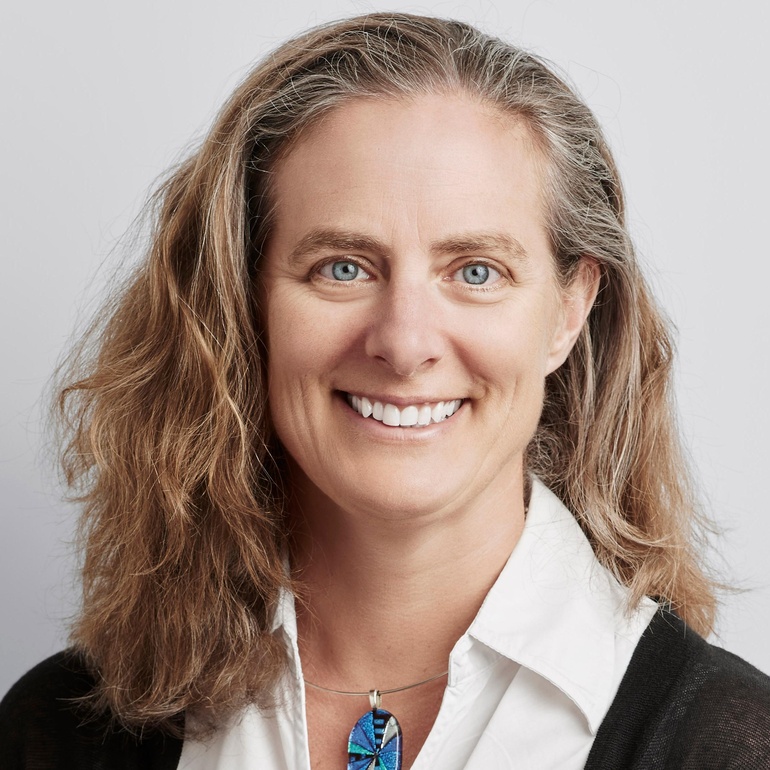Time to confront the elephant in the net zero room together
27 Jul 2021
In May, GBCA Carbon Positive Partner, Lendlease launched its global Mission Zero campaign, a bold plan that sets the most ambitious carbon elimination targets our industry has seen. We spoke to Ann Austin, Lendlease’s Head of Sustainability – Australia, and co-founding member of the Materials & Embodied Carbon Leaders’ Alliance (MECLA,) about how we can join forces and take on the elephant in the room together.
Mission Zero: Lendlease’s biggest challenge and smallest target
First up, Lendlease has its eye on net zero by eliminating scope 1 and scope 2 emissions - from the fuel we burn and the power we consume – by 2025. Ann said this is a path we’re already moving down.
“We know what we have to do with these emissions: we know we have to move away from gas and traditional fossil-fuel diesel and towards renewable diesel and electrification. These pathways aren’t the unknown,” shared Ann.
What is unknown is the “wicked” problem that lies in scope 3 emissions. For Lendlease, these come from the energy tenants consume and the footprint of materials used. Mission Zero aims to eliminate these and be absolute zero by 2040.
“To help us on this journey, what I really hope to see is carbon free cement, steel and aluminium, and while it is beginning, there’s serious work that needs to happen in that space,” said Ann.

Three reasons we need to look at the elephant in the room
There’s a sense of urgency about the work our sector needs to do around embodied carbon and Ann says we need to shift our focus now, here’s why:
- There’s a lot of it and about 80% of Lendlease’s emissions come from embodied carbon. This carbon also makes up around 10% of the world’s emissions, about the same amount of emissions as all the aeroplanes operating around the world (pre-COVID), “You can offset your flights, but no one offers you the chance to offset the concrete slabs and columns, or the steel framing of your commercial high-rise,” said Ann
- The elephant’s going to get bigger. Urbanisation trends and population growth mean this isn’t a static problem, it’s growing exponentially
- It’s hard to solve and systemic. No one party can fix it, it needs to be a team effort that involves all players, “Clients need to request zero and low embodied carbon options, constructors need to ask about it and assess their supply chain, suppliers need to be able to provide and innovate in that space, while the designers need to trust the options, test and try new things,” said Ann.
And if we don’t act…
Using the Task Force for Climate-related Financial Disclosures (TCFD) framework, Lendlease has completed scenario modelling for climates that are <1.5°C, >2°C and >3°C warmer by 2050 and in all scenarios supply chains will be tested.
“If we address climate change and manage to limit warming to 1.5°C, supply chains will feel it because carbon will be costed. Community expectation to reduce carbon will also add pressure,” said Ann.
Supply chains will be tested further at 3°C, “If this is where we’re at in 2050, and that’s where the current BAU sees us headed, there’ll be more extreme weather, uncertainty around transporting materials, an increased risk of conflict and a high likelihood of border protectionism, and we’re already seeing that internationally,” added Ann.
A mega MECLA plan
MECLA was formed in April to bring together industry and join the dots with clients, designers, engineers, builders, suppliers and a range of consultants.
“MECLA is an exciting organisation. There’s huge enthusiasm and we’re all committed to seeing this through. We’re still figuring out how to get there but we do know we need to build capacity, share knowledge and support all the players along the way,” explained Ann.
Facilitated by WWF – Australia, Ann emphasises that collaboration is key to tackling the embodied carbon problem and calls on individuals and organisations from across the sector to get involved, here’s how.
Hopes for 2050
Ann hopes life beyond Mission Zero will be “radically different” and that we move from surviving, to thriving, “I’d love to see the natural capital agenda progress to protect biodiversity and support decarbonisation. I hope we move to regenerative design where our buildings give back more than they take,” said Ann.
“When people are asked to illustrate their hopes for the future, they come up with buildings covered in greenery, powered by renewables and centred around people. We can see it in our mind’s eye, and now we need to progress towards that,” Ann concluded.